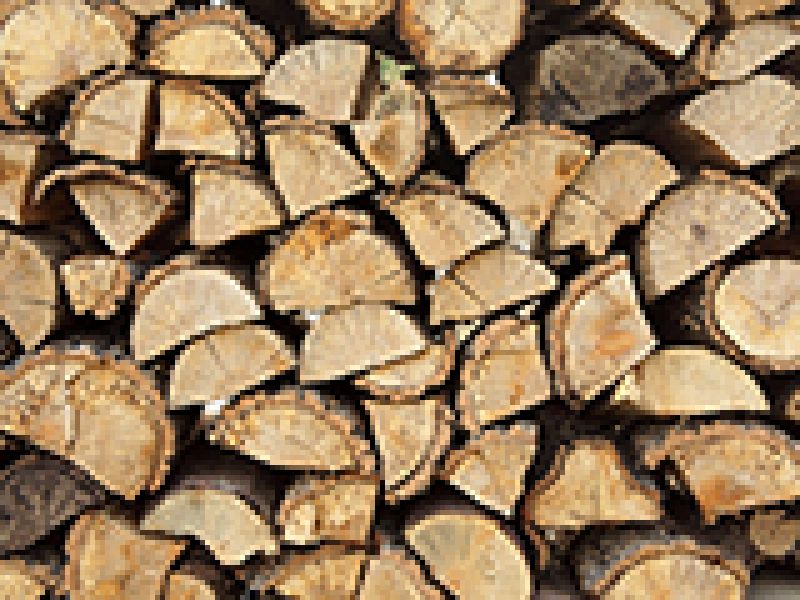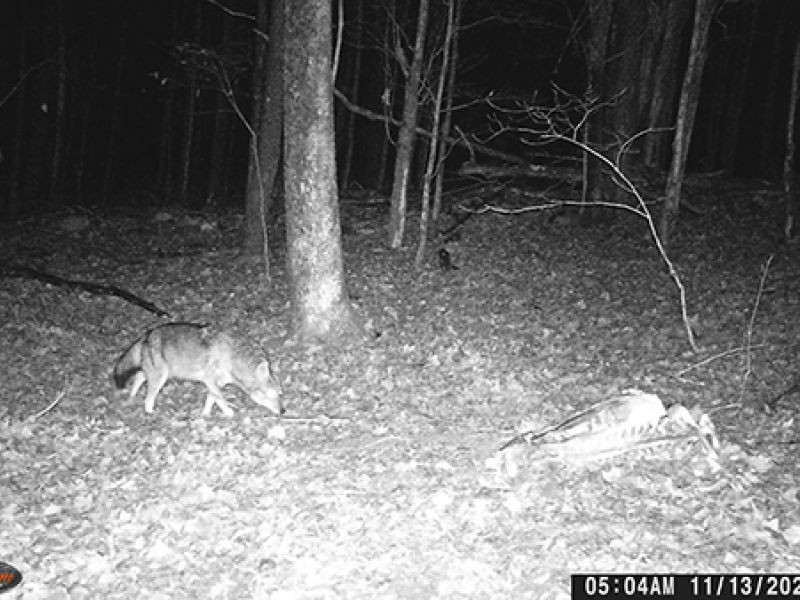Last fall, we teamed up with Columbia University students to create new outdoor projects we could share. The students came through with information on painting or drawing in nature, called plein air art. They also interviewed four artists to get their perspective on the value of creating art outside.
Note from MyWoodlot Editor Josh VanBrakle: Last fall, we at MyWoodlot once again teamed up with students from Columbia University’s Earth Institute to create new outdoor project ideas we could share. The students came through with information on painting or drawing out in nature, also called plein air art. They also interviewed some outdoor artists to get their perspective on the value of creating art outside. We’ll be bringing you four of these interviews here on our blog over the next two months. Our many thanks go out to the students who put these interviews together: Barbara Hickam Pressman, Alina Kharisova, Annie Mesa, Sophia Rhee, and Kristina Tougas. Enjoy their hard work, then get outside and try some sketches yourself!

Elissa Gore was our first artist interview, and she welcomed us into her cozy apartment alongside Inwood Park in Manhattan. It was an October evening at a rare moment when Elissa was home between painting festivals. Elissa travels around the country creating sketches and paintings outside, which she often uses as reference for her larger works. During the summers she rents a cabin in the Catskills at the Byrdcliffe Arts Colony. Founded in 1902, Byrdcliffe is the oldest operating Arts and Crafts Colony in America. Her work has been shown nationally and is included in over 60 public collections. In her living room, surrounded by large paintings depicting beautiful fields and skies, we discussed her experience as a landscape painter.
How do you see your paintings in relationship with the Hudson River School painters?
Part of what the Hudson River painters were doing is painting iconic grand landscapes, not memorializing the everyday. I am not particularly interested in the “grand view.” When I see something, and I respond to it, then I’ll make a painting about it.
So what gets you to respond?
I personally am not interested in the built landscape. I’m not interested in urban. I like natural spaces. I like water. I like reflective surfaces.
Do you feel differently about places that you’ve painted after you’ve painted them?
You remember the places you draw so much better afterwards. It encodes in your long-term memory. You remember how things smelled, or what you heard at the time. I think there’s a whole matrix of memory of all the senses that gets embedded in those drawings. I go back to the same places over and over and over again. There’s usually something about the configuration of light, the way it hits planes of things, or the kind of associations that a landscape has for me that I react to in some way.
Do you see a connection between environmentalism and your painting?
I’m pretty anti-intellectual about my approach to painting. But you could say that my paintings are about spaces that are disappearing. That painting over there with the yellow disc, that’s Cooper Lake in New York, the reservoir for the drinking water for the city of Kingston. There was a proposition last year to pump water from it for a water bottling plant. You can write all kinds of things about the value of landscape painting or what it can mean, but I’m not interested in talking about it. If I could talk about it, I wouldn’t paint it.

Cooper Lake Autumn, 2007, 24x24” oil on canvas






